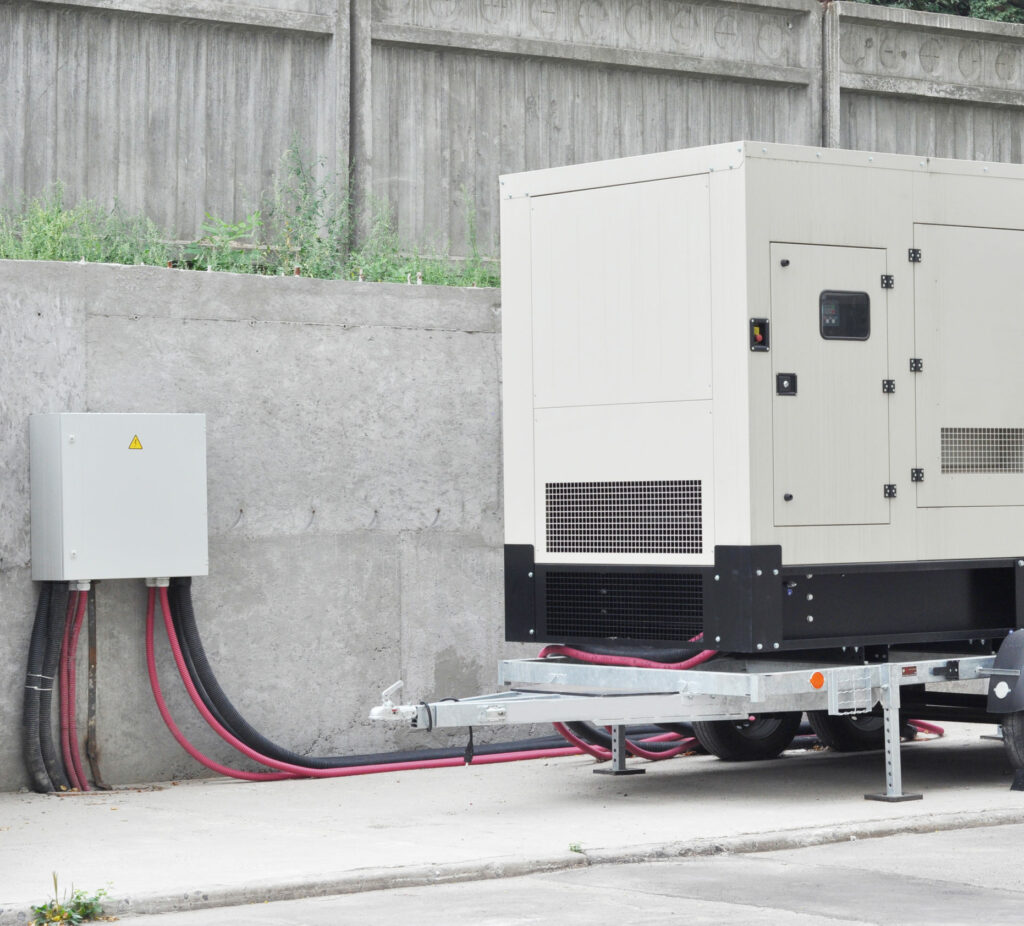What are the most common UPS features?
Here are some of the most common features of Uninterruptible Power Supplies (UPS):
- Backup Power: UPS provides backup power during electrical outages. It ensures that connected devices receive a continuous power supply, protecting them from data loss, system crashes, or damage due to sudden power interruptions.
- Surge Protection: UPS units often include surge protection features that safeguard connected devices from power surges and voltage spikes. These can occur due to lightning strikes, utility grid fluctuations, or when power is restored after an outage. Surge protection prevents damage to sensitive electronic equipment.
- Voltage Regulation: UPS units regulate the incoming voltage to provide stable and consistent power output. They compensate for under-voltage (brownouts) or over-voltage conditions, ensuring that connected devices receive the appropriate voltage levels for optimal performance and protection.
- Battery Monitoring: Many UPS models offer battery monitoring capabilities. They provide real-time information about the UPS battery's health, including its charge level and estimated runtime. This feature allows users to proactively manage battery maintenance and replace batteries when necessary.
- Automatic Voltage Regulation (AVR): AVR adjusts and stabilises voltage output without switching to battery power. It helps mitigate voltage fluctuations within a range, reducing battery reliance and extending lifespan.
- Power Management Software: Some UPS units have power management software that allows users to monitor and control their UPS remotely. This software often provides features such as scheduled shutdowns, energy usage monitoring, and notifications of power events. It enables efficient power management and maximises UPS performance.
- Audible and Visual Alarms: UPS units may have audible alarms or LED indicators to alert users to various conditions. These alarms can indicate power failures, low battery levels, overload situations, or faulty UPS operation. Alarms help users quickly respond to potential issues and take appropriate actions.
- Automatic Self-Testing: Self-testing is often performed periodically. UPS units may conduct automatic self-tests to assess battery health, internal components, and overall system functionality. Regular self-testing provides confidence in the UPS's ability to deliver backup power when needed.
- Multiple Outlet Types: UPS units typically offer a variety of outlets to accommodate different devices. These outlets can include standard AC outlets, surge-protected outlets, and outlets specifically designed for devices with bulky power adapters. Having a range of outlet types enhances flexibility when connecting various equipment.
- Communication Ports: UPS models often feature communication ports, such as USB, Ethernet, or serial ports, which enable connectivity to computers, servers, or network management systems. These ports facilitate UPS monitoring, control, and integration with other devices or software applications.

































